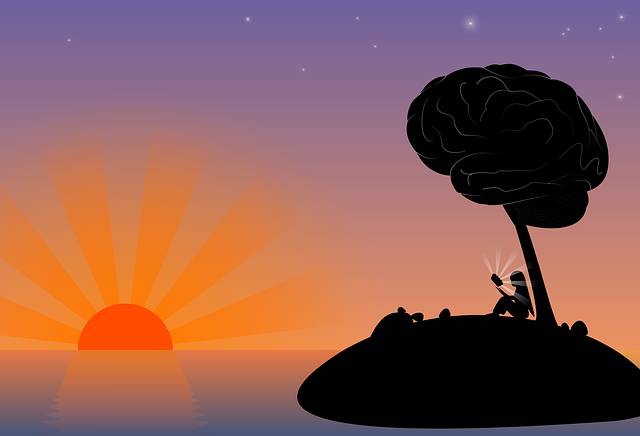The allure of diamonds has transcended mere gemological fascination to become a cultural phenomenon deeply ingrained in our collective psyche. This obsession, however, is a relatively recent development, largely fueled by strategic marketing campaigns and psychological manipulations that have transformed diamonds from rare stones into symbols of love and commitment. This article delves into the psychological origins of our diamond obsession, examining how these precious stones have come to represent more than just wealth and status, but also the durability and purity of human relationships.
The De Beers company, a name synonymous with diamonds, played a pivotal role in shaping this obsession through its groundbreaking marketing strategies. In the early 20th century, the company faced a significant challenge: an oversupply of diamonds. To maintain their value and desirability, De Beers launched a campaign that would forever change the way we perceive diamonds. The campaign, masterminded by advertising executive Frances Gerety, introduced the now-iconic phrase 'A Diamond Is Forever.' This simple yet powerful statement not only encapsulated the enduring nature of diamonds but also implied a parallel with the longevity of romantic relationships.
Psychologically, this linkage was a masterstroke. By associating diamonds with the concept of forever, De Beers tapped into deep-seated human desires for permanence and continuity. This marketing tactic effectively created a new social norm, making diamond engagement rings a standard rather than an exception. The emotional appeal of diamonds as symbols of eternal love and commitment resonated strongly with the public, leading to a surge in demand that persists to this day.
Moreover, the timing of this campaign coincided with significant legal changes that further cemented the diamond's place in marriage rituals. In the early 1900s, several countries began to legally recognize engagement rings as a customary practice, which dovetailed neatly with De Beers' marketing push. This confluence of legal and marketing forces contributed to the widespread adoption of diamond engagement rings, transforming them into a near-universal symbol of betrothal.
However, the psychological impact of diamonds on relationships extends beyond their symbolic value. Recent research has suggested a somewhat counterintuitive relationship between the cost of a diamond engagement ring and the success of the marriage that follows. Studies have shown that couples who spend more on their engagement rings are actually more likely to divorce. This finding challenges the conventional wisdom that the size and cost of a diamond ring reflect the strength of a couple's commitment.
Psychologically, this could be explained by the pressure and expectations associated with the display of wealth through an expensive ring. The focus on materialism and the potential for financial strain may overshadow the more important aspects of a relationship, such as communication, compatibility, and shared values. Furthermore, the high cost of a diamond ring might set unrealistic expectations for the marriage itself, leading to disappointment when the relationship fails to meet these elevated standards.
In conclusion, our obsession with diamonds is a complex interplay of marketing prowess, psychological manipulation, and societal norms. While diamonds have come to symbolize the purity and durability of love, the reality is that their significance in relationships is largely constructed. The psychological origins of our diamond obsession reveal a fascinating case study in how marketing can shape cultural perceptions and behaviors. As we continue to navigate our relationship with these precious stones, it is crucial to recognize the power of symbolism and to critically evaluate the messages embedded within the gems we so dearly cherish.




发表评论 取消回复